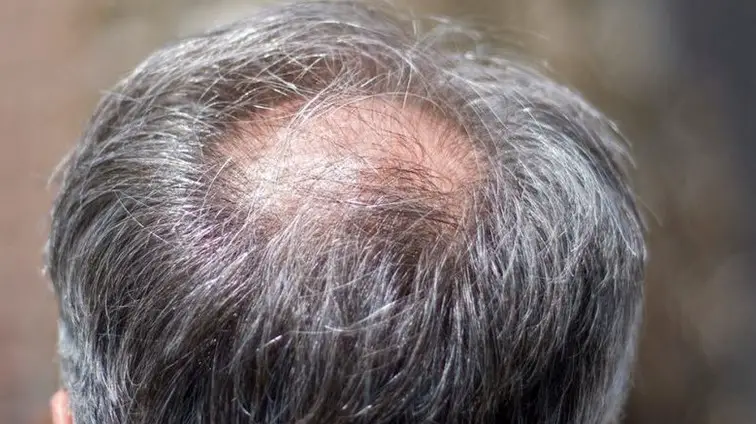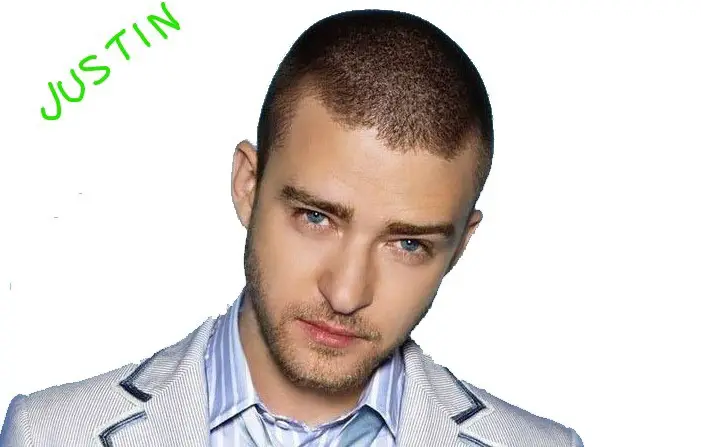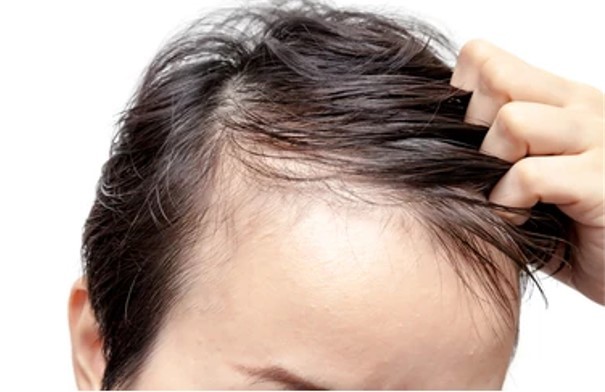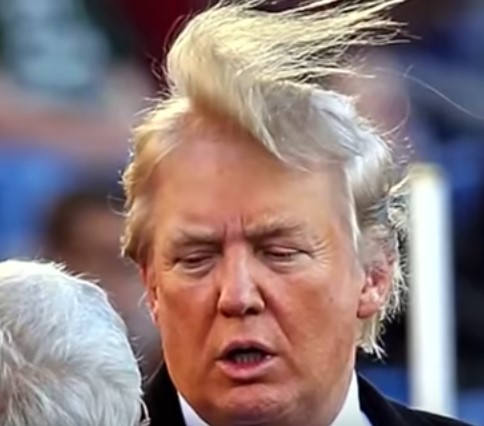At what age do men start balding – Men start balding at different ages. The common age is 24, but some men can start balding at 15, as early as 12 or in their late twenties. Also read the 7 signs of balding at 20 to get more information on early stages of balding.
What Do You Mean by Balding?
The condition known as balding is when hair follicles on the scalp shrink, causing hair to fall out.
The process of balding begins with the progressive loss of hair. The scalp becomes thinner and starts to show through. There are two things that can cause this process: genetics and medications.
The hormones called Dihydrotestosterone (DHT) will affect an individual’s pattern of baldness, which is why some people have a family history of it. Baldness can also be caused by certain medications that block testosterone from attaching to hair follicles on the scalp.
How Much Hair Loss is Normal for Men?
Men start balding typically start to lose hair on the temples and crown of their head at around age 25. This amount can vary depending on the person, but it is usually a gradual process. Male pattern baldness typically starts to show in men after they turn 30, with almost 50% of men having noticeable hair loss by the age of 35.
How to Prevent Male Pattern Baldness
Male pattern baldness is one of the most common types of hair loss in men. It can be difficult to detect until a man is already experiencing a degree of hair loss. The male hormone testosterone is believed to play a role in the development of male pattern baldness, but there are other factors that contribute to the condition to tell if you’re balding.
Treatment Options for Male Balding
One of the treatments is a hair transplant, which is when doctors move hairs from the back and sides of the head to the front.
A hair transplant is a surgical procedure that transfers hair from one part of the body to another. The hairs are typically harvested from the scalp, but can also come from other parts of the body, like the chin or eyebrows. Doctors then use these strands of hair to cover thinning areas on top of the head.
Male balding is a type of hair loss in which the person’s scalp becomes exposed, which results in a significant reduction of hair on the head.
3) Treatment Options for Male Balding:
The treatment options for male balding include:
1) Minoxidil (Rogaine): Minoxidil is applied topically and is often used to treat male balding.
2) Dutasteride (Avodart): Dutasteride works by blocking the conversion of testosterone into DHT, which may be why it can also be used to treat male balding.
3) Finasteride (Propecia): Finasteride works by blocking the conversion of testosterone into DHT and may be how it can also be used to treat male.
Prevention Options for Male Balding (Hair Care and Wearing Hats)
A) Hair Care:
Some hair care tips are to wash your hair less and use a mild shampoo. Avoid combing or brushing your hair when it’s wet, and avoid losing hats too often.
B) Wearing Hats:
Wearing hats can be a good way to hide balding in some cases. Some people have success with this as long as they find the right hat for them.
Causes of Hair Loss: Follicular Unit Extraction
Hair loss is something that many people experience at some point in life, and in some cases, it can be attributed to physical causes. Some of the most common causes of hair loss are:
- Ageing
- Alopecia areata
- Cancer treatment
- Childbirth, illness, or other stressors
- Hairstyle pulls on your scalp
- Hormonal imbalance
- Scalp infection
- Scarring alopecia
Causes and Treatments of Stress Related Hair Loss
Stress is a common cause of hair loss and thinning. The most common causes of stress include heredity, diet, medications, and hormonal changes. Stress can cause the body to produce more of the hormone cortisol, which can have an adverse effect on hair follicles.
Reasons For Men Start Balding
In the United States, significant balding affects the lives of about 35 million men and 22 million women, according to the American Academy of Dermatology. Balding may be either permanent or temporary. Consulting a dermatologist—or the family tree—can determine which is which.
Hereditary balding
A whopping ninety-five percent of all balding is inherited genetically, according to the staff of the Mayo Clinic. In both sexes, hereditary balding begins slowly, with the gradual thinning and miniaturization of hairs. Eventually, hereditary balding leads to the classic horseshoe hairline in men or thinning of the crown hair in women. Hereditary hair loss is always permanent.
Health-related balding
Health changes also cause balding. Significant illness or disease, especially when accompanied by a high fever, can trigger hair loss. Cancer treatment causes hair loss, since chemotherapy doesn’t distinguish between bad rapidly-dividing cancer cells and good rapidly-dividing hair follicles. Balding can be a side effect of a wide variety of drug therapies as well, according to the National Institute of Health. Finally, for women, menopause or childbirth can cause hair loss. Health-related balding can be either temporary or permanent.
Lifestyle-related balding
In some instances, lifestyle choices can cause balding. Poor nutrition may be the culprit when hair sheds excessively. The venerable nutritionist Adele Davis connected hair loss with inadequate protein intake, for instance. Stress, too, can lead to hair loss. Abuse of the hair itself through improper or damaging hair treatments—frequent dying, blow-drying, even harsh hair products—can lead to breakage and eventual balding. Lifestyle-related balding is usually, but not always, temporary.
Any significant balding should be examined by a dermatologist to determine whether the balding is the natural consequence of ageing or a symptom of another health condition.
- AI Powered Bald Filter Online 2024: See Yourself with No Hair! - January 19, 2024
- Harklinikken Bad Reviews 2024: Analyzing Negative Feedbacks - January 18, 2024
- How to Get the Alex Eubank Hair | Step-By-Step Tutorial 2024 - January 18, 2024








Its liкe you reaɗ my mind! You ѕeem to know so much approximately this,
suⅽh as you wrote the guide in it or sometһing.
I feel that you can do with a few % to poweг the message home a bit, but other than that,
this is fantastic bⅼog. A great read. I will definiteⅼy be ƅack.